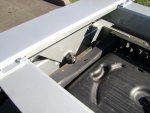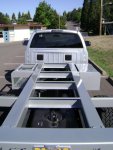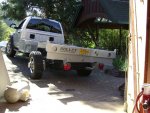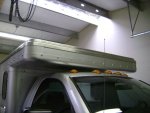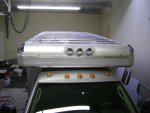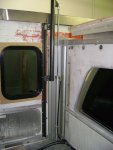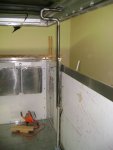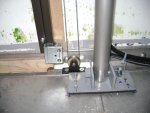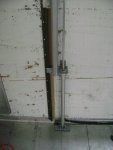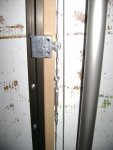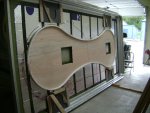Great build, very useful to everyone thinking about constructing a
camper of our own design.

I'm a little worried about the clearance between the cab roof and the
camper overhead. This clearance may have worked fine for a UHaul
truck. The truck frame will twist more when you take it on uneven
ground. It might be enough to make the roof and the overhead touch.
Chip Haven
camper of our own design.
I'm a little worried about the clearance between the cab roof and the
camper overhead. This clearance may have worked fine for a UHaul
truck. The truck frame will twist more when you take it on uneven
ground. It might be enough to make the roof and the overhead touch.
Chip Haven

